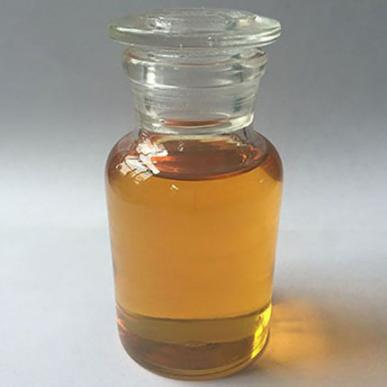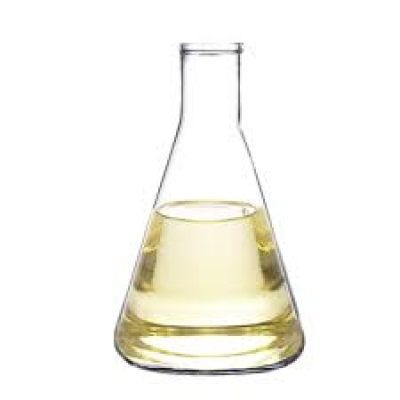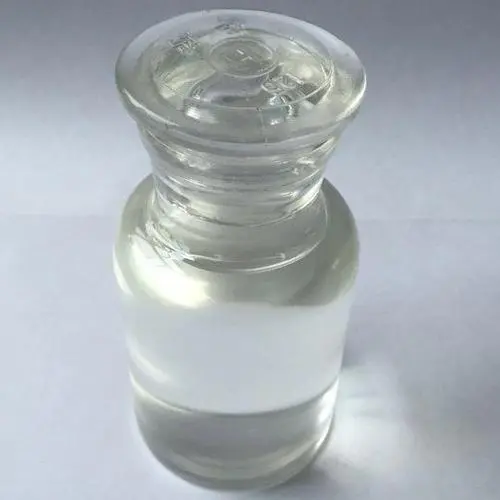1. Introduction
Just 24 hours ago, a major cosmetics brand announced it would phase out sodium lauryl sulfate from its entire product line by 2025, citing consumer demand for gentler, bio-based surfactants. This move reflects a growing global shift toward alternatives like alkyl polyglucoside, decyl glucoside, and coco glucoside—highlighting how surfactant chemistry is evolving in response to health and environmental concerns.

If you’ve ever read an ingredient label on shampoo, toothpaste, or even a weed killer, you’ve likely seen ‘sodium lauryl sulfate‘ or its close cousin ‘sodium laureth sulfate.’ But what exactly is this compound, and why is it so widely used—and debated? Let’s break it down in plain terms.
2. What Is Sodium Lauryl Sulfate?
Sodium lauryl sulfate (SLS), also known as sodium dodecyl sulfate or natrium lauryl sulfate, is a powerful anionic surfactant. The term ‘surfactant’—short for ‘surface-active agent’—refers to molecules that reduce surface tension between liquids or between a liquid and a solid. This property makes surfactants essential for cleaning, foaming, and emulsifying.
Chemically, SLS is derived from lauryl alcohol (often sourced from coconut or palm kernel oil) and sulfuric acid, followed by neutralization with sodium hydroxide. Its molecular formula is C12H25SO4Na, and it’s highly effective at lifting oil and dirt from surfaces—hence its prevalence in everything from dish soap to industrial cleaners.
3. Common Uses of SLS
You’ll find sodium lauryl sulfate in a wide range of products:
- Personal care items: shampoos, body washes, toothpastes (for foaming and cleansing)
- Household cleaners: laundry detergents, all-purpose sprays
- Industrial applications: emulsifiers in paints, wetting agents in textile processing
- Agricultural formulations: as a surfactant for herbicides and lawn wetting agents to help active ingredients stick to waxy plant leaves

In agriculture, SLS and similar compounds like ammonium lauryl sulfate act as surfactants for weed killer products, improving coverage and absorption. However, newer non-ionic surfactants like polysorbate 80, Span80, or lignin sulfonate are gaining traction due to lower phytotoxicity.
4. SLS vs. Other Surfactants
Not all surfactants are created equal. They fall into four main categories: anionic, cationic, non-ionic, and amphoteric.
SLS is a classic anionic surfactant—meaning it carries a negative charge in water. Others in this group include sodium dodecylbenzene sulfonate, sodium coco sulfate, and sodium lauroyl sarcosinate. These are strong cleaners but can be harsh on skin.
In contrast, amphoteric surfactants like cocamidopropyl betaine (also called coco betaine or amidopropyl betaine) are milder and often blended with SLS to reduce irritation. Non-ionic surfactants—such as ethoxylated alcohols, poloxamer 188 (Pluronic 127), and alkyl polyglucosides—carry no charge and are prized for low toxicity and biodegradability.
Cationic surfactants like cetyl trimethyl ammonium bromide (CTAB) or cetyltrimethylammonium bromide are positively charged and used mainly as antistatic or antimicrobial agents—not for cleaning.

5. Safety and Misconceptions
Despite viral claims online, SLS is not carcinogenic. Regulatory bodies like the FDA and EU Commission deem it safe at typical use concentrations. However, it can cause skin or eye irritation in sensitive individuals—especially at high doses or with prolonged exposure.
This has driven demand for gentler alternatives like sodium cocoyl isethionate, sodium lauroyl methyl isethionate, sodium cocoyl glutamate, and bio surfactants derived from sugar or amino acids. Companies like Rohit Surfactants Private Limited now offer SLS-free formulations using coco sodium sulfate or decyl glucoside for eco-conscious brands.
Note: SLS is often confused with sodium laureth sulfate (SLES), also called sodium lauryl ether sulfate or sodium lauryl ether sulphate. SLES is ethoxylated (treated with ethylene oxide), making it milder but raising separate concerns about potential 1,4-dioxane contamination.
6. Where to Buy and Industry Trends
Sodium lauryl sulfate for sale is widely available from chemical suppliers globally, often labeled as ‘sls sodium lauryl sulfate’ or ‘na lauryl sulfate.’ It’s used not just in cosmetics but also in labs (e.g., in SDS-PAGE for protein separation) and even in some pharmaceuticals like sodium deoxycholate formulations.
Current trends favor sustainability: bio surfactants, fluoro surfactants for specialty applications, and plant-derived options like coco glucoside are replacing traditional sulfates. Even in agriculture, nonionic surfactant blends are preferred as wetting agents for grass to avoid leaf burn.
7. Conclusion
Sodium lauryl sulfate remains one of the most effective and economical anionic surfactants available. While it’s not inherently dangerous, its potential for irritation has accelerated innovation in milder, greener alternatives. Whether you’re formulating shampoo, herbicide, or industrial cleaner, understanding the full spectrum—from SLS and laureth sulphate to amphoteric cocamidopropyl and non-ionic polysorbate 80—helps you choose the right surfactant for the job.
Our Website founded on October 17, 2012, is a high-tech enterprise committed to the research and development, production, processing, sales and technical services of ceramic relative materials such as Understand. Our products includes but not limited to Boron Carbide Ceramic Products, Boron Nitride Ceramic Products, Silicon Carbide Ceramic Products, Silicon Nitride Ceramic Products, Zirconium Dioxide Ceramic Products, etc. If you are interested, please feel free to contact us.


